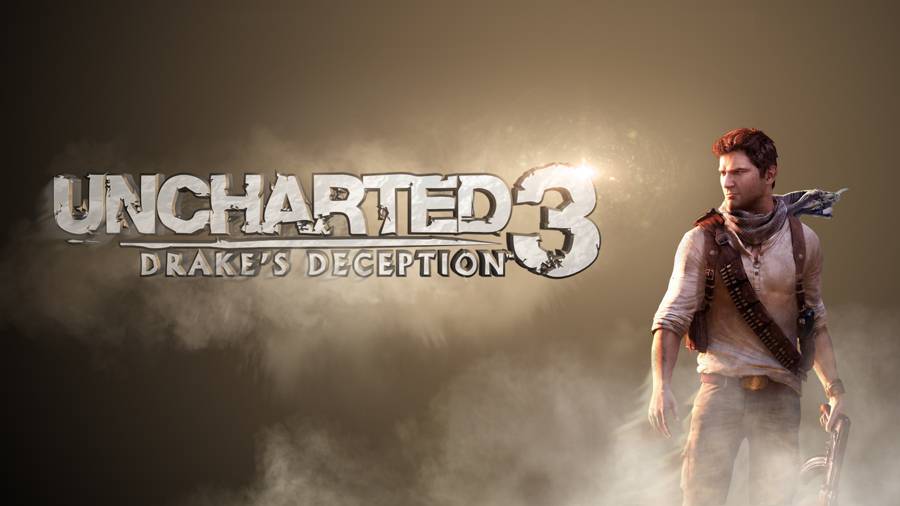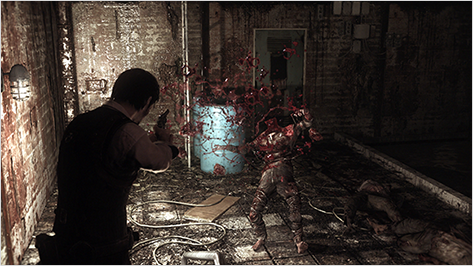

Legends of Eisenwald is medieval – not the kind of medieval that’s apprehensive with crop rotation, but a theme-park medievalness, occupied with bloodshed, moral dubiousness, imposing castles, and pikemen in silly steel hats. Its simple but fast-paced turn-based combat is given momentum by a satisfying loop of upgrades, and that encouraged us forward when the puzzling story couldn’t.
Eisenwald is a tactics-based strategy/role-playing game (comparable to the King’s Bounty or Heroes of Might & Magic series). You control a decent in a semi-fantastic Germany, with a party of six fighters, archers, or support units, which can grow up to 12 if you make sufficient money or capture enough castles.
Challenging tactical combat shows to be one of the best parts of Eisenwald. Battles are fast, simple, and constrained — all fights take place on a tight diamond of hexes, with no environmental difficulties. This keeps strategic selections to a bare-bones minimum: which unit do you attack? As your groups gain levels and skills, the choices expand to contain possibilities like stuns, injuries, and various forms of buffs that almost all feel like important actions. It’s never complex, but despite the frequent combat meets, it hardly feels redundant. Relatively speedy animations and movement also help to keep the pace moving.
There’s a bare-bones strategic layer, where you can capture and garrison castles to earn more money and expand your unit roster, but the only major decision you’ll make in this mode is when to attack a new opponent. A few control issues rear their heads here, in that it can be unexpectedly tough to pause and unpause the strategic map, or click on the right unit.
The obligation to speedy choices exists throughout Eisenwald. Preventing to level up a character is rare, but when it happens it comes with powerful choices. A fourth-level healer has the chance to stay down her straightforward healing path, or to become a witch with a new collection of more risky spells; an archer can decide between the longbow and the crossbow at the third level. That permits for a strong sense of movement and just enough customization to form an add-on to characters and sustain motivation.
Eisenwald’s story generally exists along the same lines — it’s easy to browse and click through most of it, which sores down to “find the next place to travel” or “choose which lord to attack, or not.” This does a bit of damage to the plot, which tries to be an intense, difficult story of betrayal and vengeance, but it just doesn’t have the time or technology to flesh out the characters plenty to make that work.
The squirrely nature of Eisenwald’s interface is unsurprising, given that it’s a Kickstarted indie game, but its overall quality is inspiring otherwise. Its pseudo-Germany always looks good, with impressive castles and lush forests on the strategic layer, and distinct enough unit art at the tactical level. Its music is especially remarkable—a strong selection of catchy, orchestral-style tunes invest Legends of Eisenwald with a medieval character it could very easily have lost, and it’s a considerably stronger game for it.
Verdict
Legends of Eisenwald is not a deep tactical game, but its fast turn-based pace and strong rhythm make it one that’s extremely playable even through its dry German history-fantasy background. It’s over-ambitious in its story structure, both technically and in moral ambiguity it can’t resolve, but considering that can be skipped past without issue its biggest problems are in finicky quest triggers and interface issues. Quirks aside, Legends of Eisenwald is a strong, simple tactical RPG that’s all the better for continuing within its means.
We’re guaranteed this game will be faster, more detailed and responsive than previous editions.
For more game reviews visit : gamerfolks.blogspot.in




 Backing the Bard
Backing the Bard Best Real Time Strategy Games for Pc
Best Real Time Strategy Games for Pc Final Fantasy XIII-2 Archylte Steppe Side Quest Walkthrough
Final Fantasy XIII-2 Archylte Steppe Side Quest Walkthrough The Evil Within guide: Chapter 10 – The Craftsman’s Tools
The Evil Within guide: Chapter 10 – The Craftsman’s Tools Elder Scrolls V: Skyrim Stone Location Guide
Elder Scrolls V: Skyrim Stone Location Guide